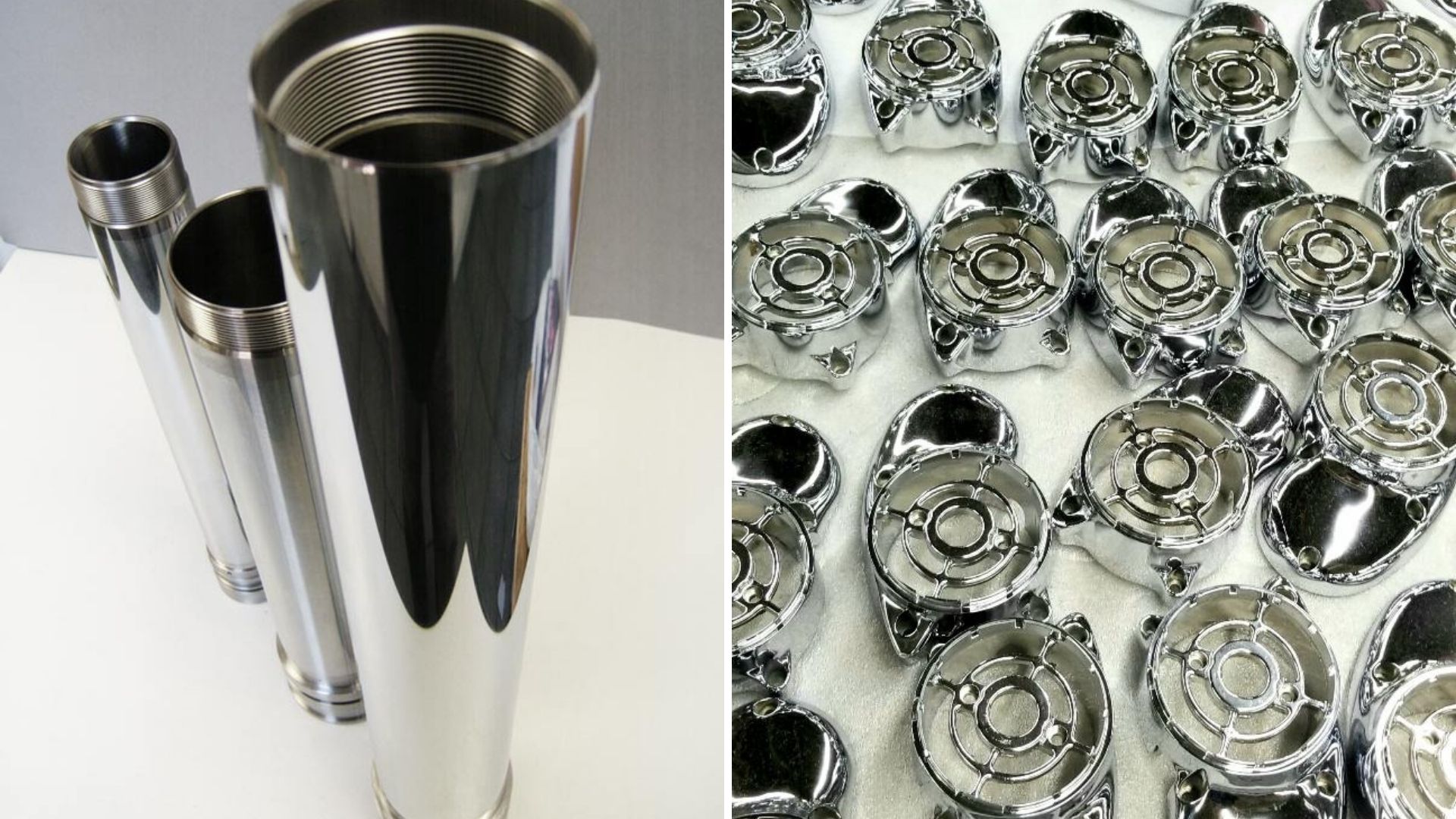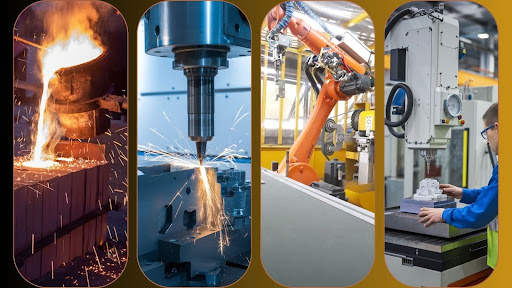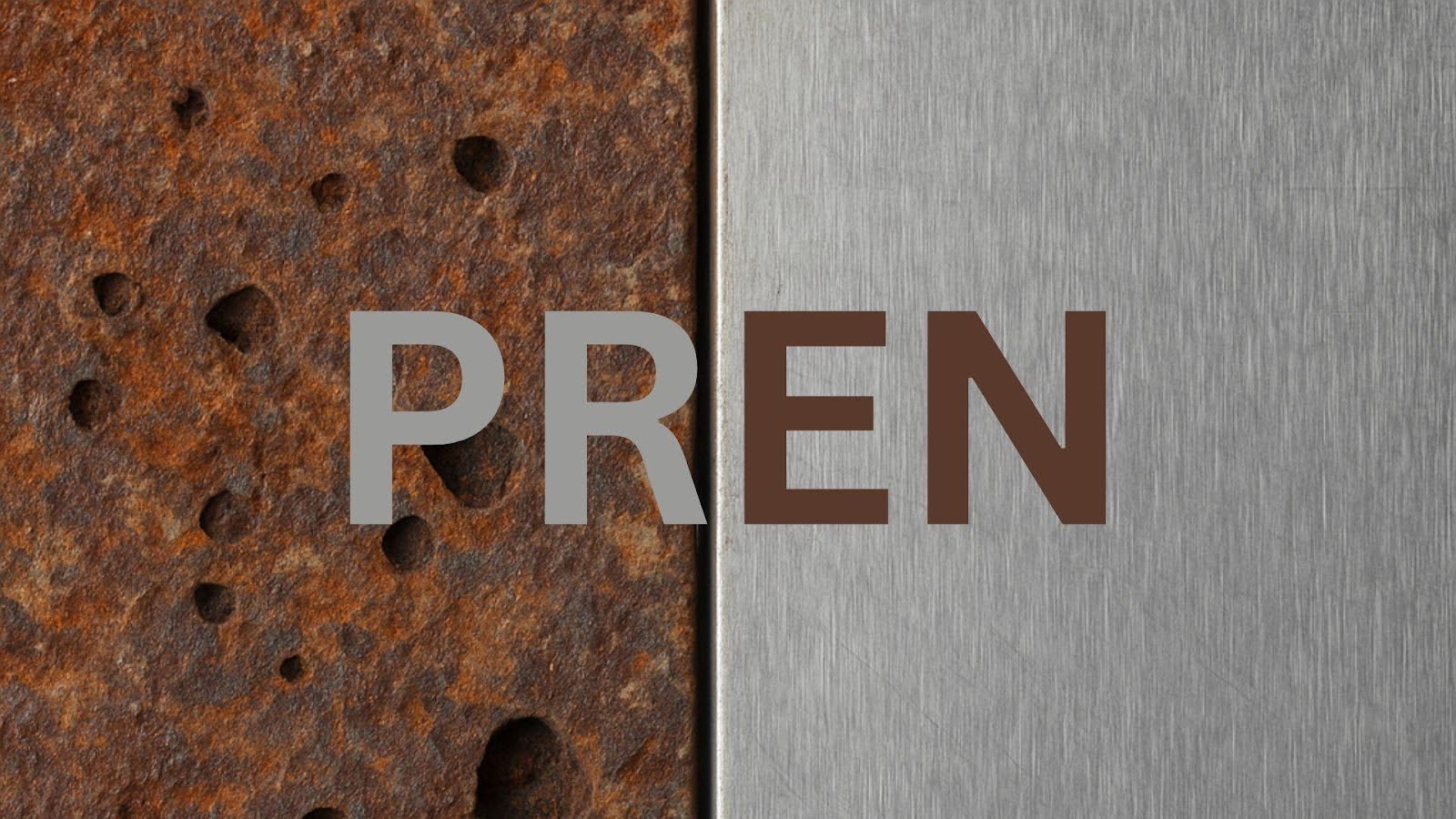Stainless steel is a popular material in both commercial and residential applications due to its exceptional corrosion resistance and durability. High-quality grades like 304 and 316 contain around 18% chromium, with the addition of alloys such as nickel and molybdenum further enhancing their corrosion resistance. These differences make each grade suitable for specific environments and uses, which we’ll explore in detail.

Table of Contents
Toggle304 & 316 Stainless Steel Overview
304 and 316 stainless steels, also known as CF8 and CF8M respectively, are industry standards for high-quality stainless steel. The primary components in these alloys are chromium and nickel. However, CF8M contains an additional 2% to 3% molybdenum, which increases its cost compared to CF8. This molybdenum content enhances corrosion resistance, especially against chlorides and harsh environments. Precise control of the chemical composition is crucial to meet acceptable ratio guidelines and ensure consistent material performance. Additionally, maintaining accurate batch records supports quality assurance and traceability in manufacturing processes.
304 vs 316 Stainless Steel Differences
304 Stainless Steel |
316 Stainless Steel |
|
| Carbon | 0.08% max. | 0.08% max. |
| Manganese | 2.00% max. | 2.00% max. |
| Phosphorus | 0.045% max. | 0.045% max. |
| Sulfur | 0.030% max. | 0.030% max. |
| Silicon | 1.00% max. | 1.00% max. |
| Chromium | 18.00-20.00 | 16.00-18.00 |
| Nickel | 8.00-10.50% | 10.00-14.00 |
| Molybdenum | – | 2.00-3.00% |
Based on the chemical composition specifications of the 304 SST and 316 SST. we can come up with some stainless steel highlights as below:
- 304 is recommended for general outdoor use
- 316 is recommended for harsh environments
- 304 and 316 material ratio varies by only 2-4%
- Closer traceability ensures high-quality material
Other Common Stainless Steel Types
- 304L Stainless Steel: A low-carbon variant of 304, it provides better weldability and reduces the risk of corrosion after welding. Suitable for heavy gauge components in the automotive and aerospace industries.
- 316L Stainless Steel: Similar to 316 but with lower carbon content, enhancing corrosion resistance after welding. Used in pharmaceuticals, marine applications, and food processing equipment.
- 420 Stainless Steel: Known for its high hardness and moderate corrosion resistance. It’s often used in cutlery, surgical instruments, and wear-resistant applications.
Waterson 304 & 316 Investment Casting
Waterson Investment Casting Foundry, located in Taiwan. specializes in precision stainless steel investment casting. We provide high-quality components for industries such as door hardware, petrochemicals, medical equipment, marine, food processing, and more. Our expertise ensures that our products meet the highest standards, catering to a diverse range of industrial needs.
Our in-house production capabilities include designing and manufacturing molds, wax pattern production, mold flow analysis, shell building, molten metal pouring, casting cleaning, heat treatment, machining, pickling, sandblasting, and alkaline boiling. The production line is specially designed for stainless steel, allowing us to deliver commercial-use 304 (CF8), marine-grade 316 (CF8M), and high-strength 17-4 alloys with exceptional weldability and corrosion resistance. See our full investment casting process here.





